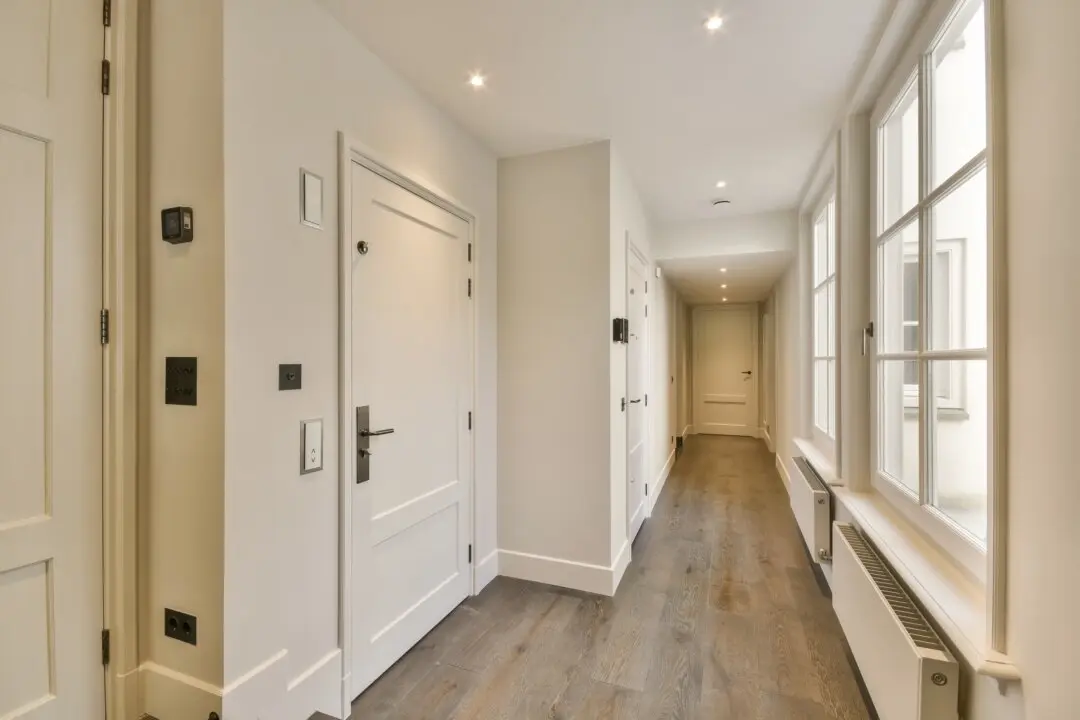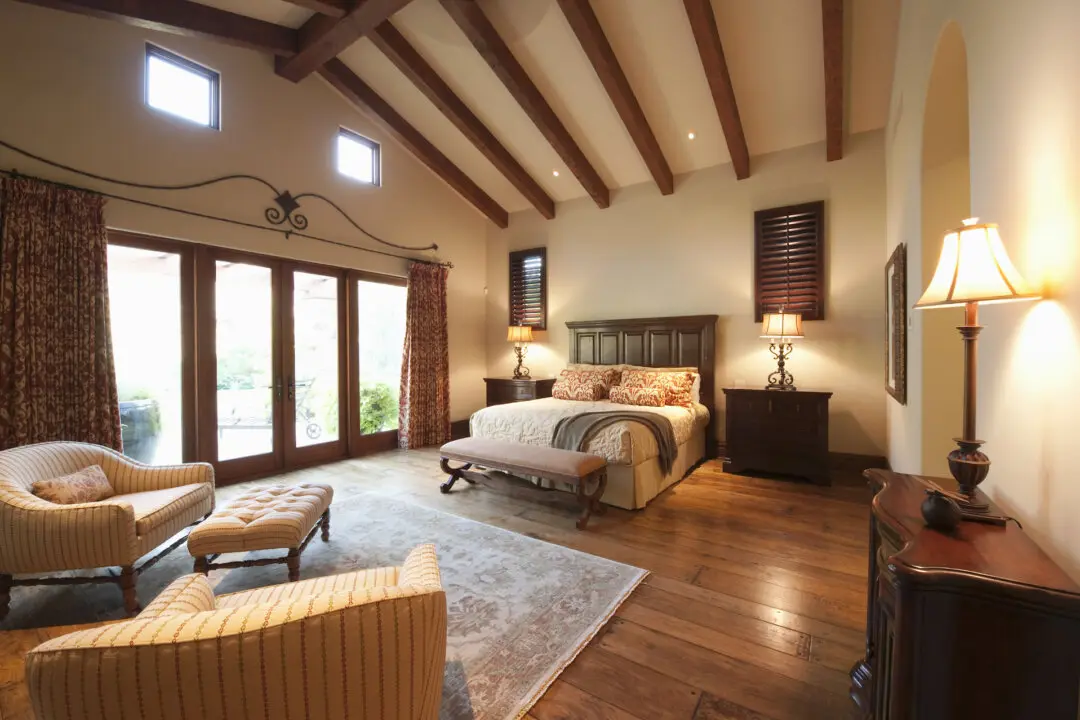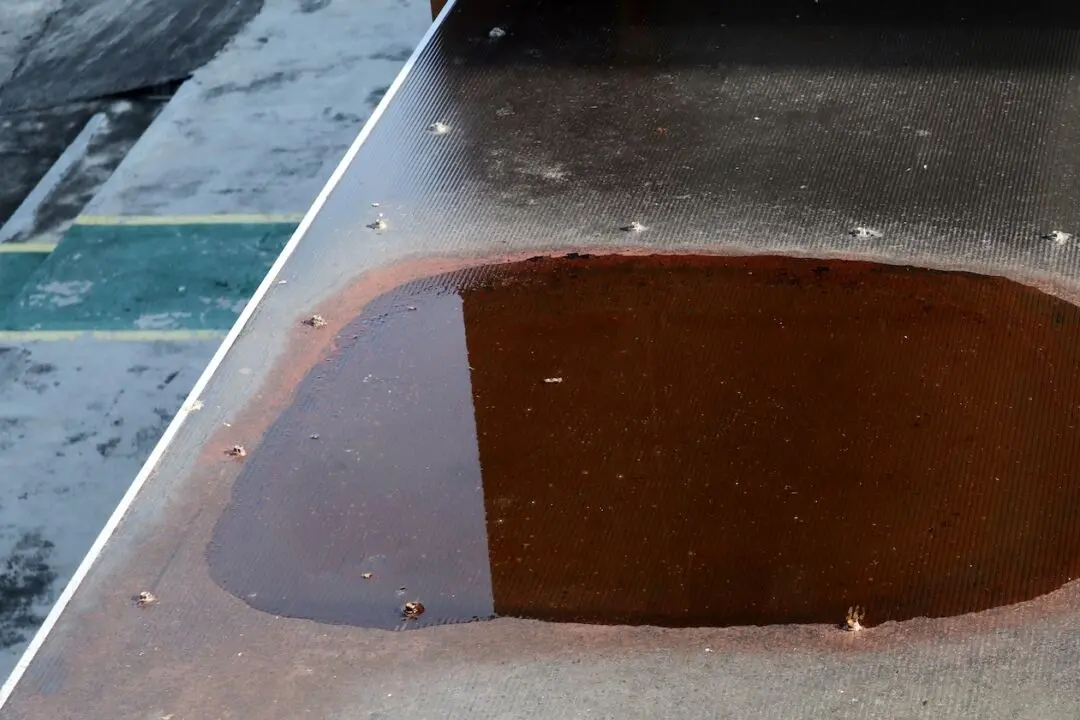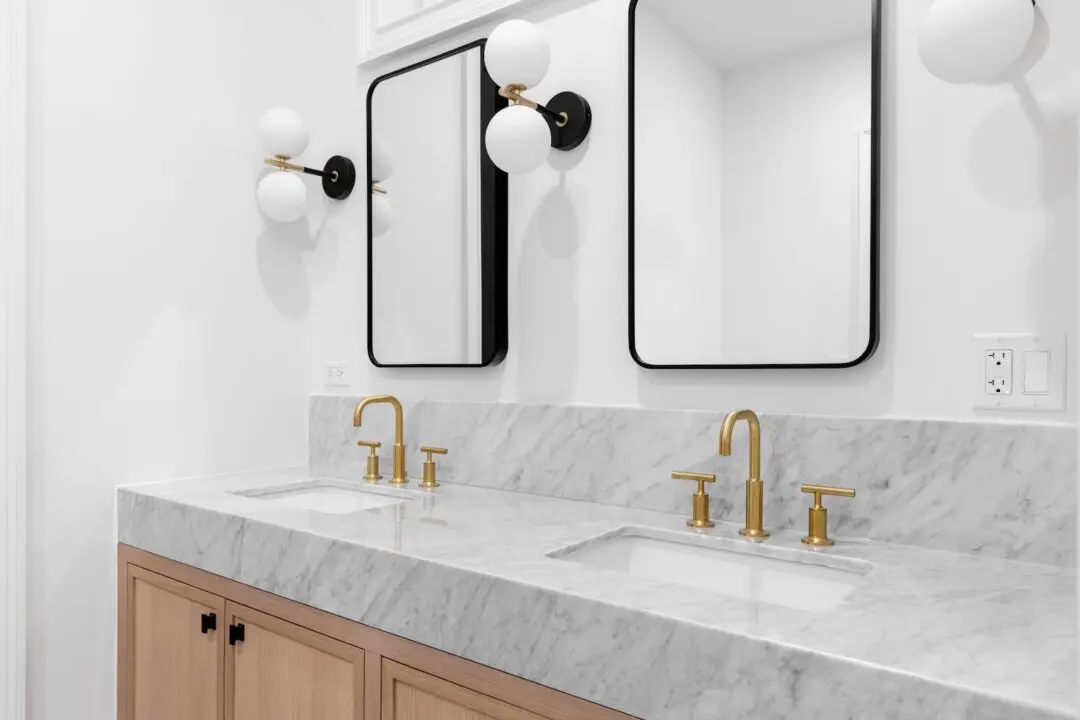Dear James: We are on a strict budget for our new home. It will have to be fairly small overall. What are some design tips for making the living space seem bigger than it actually is? —Kellie D.
Dear Kellie: The modern trend in homebuilding is smaller houses. Building material costs are very high right now because of the pandemic.





